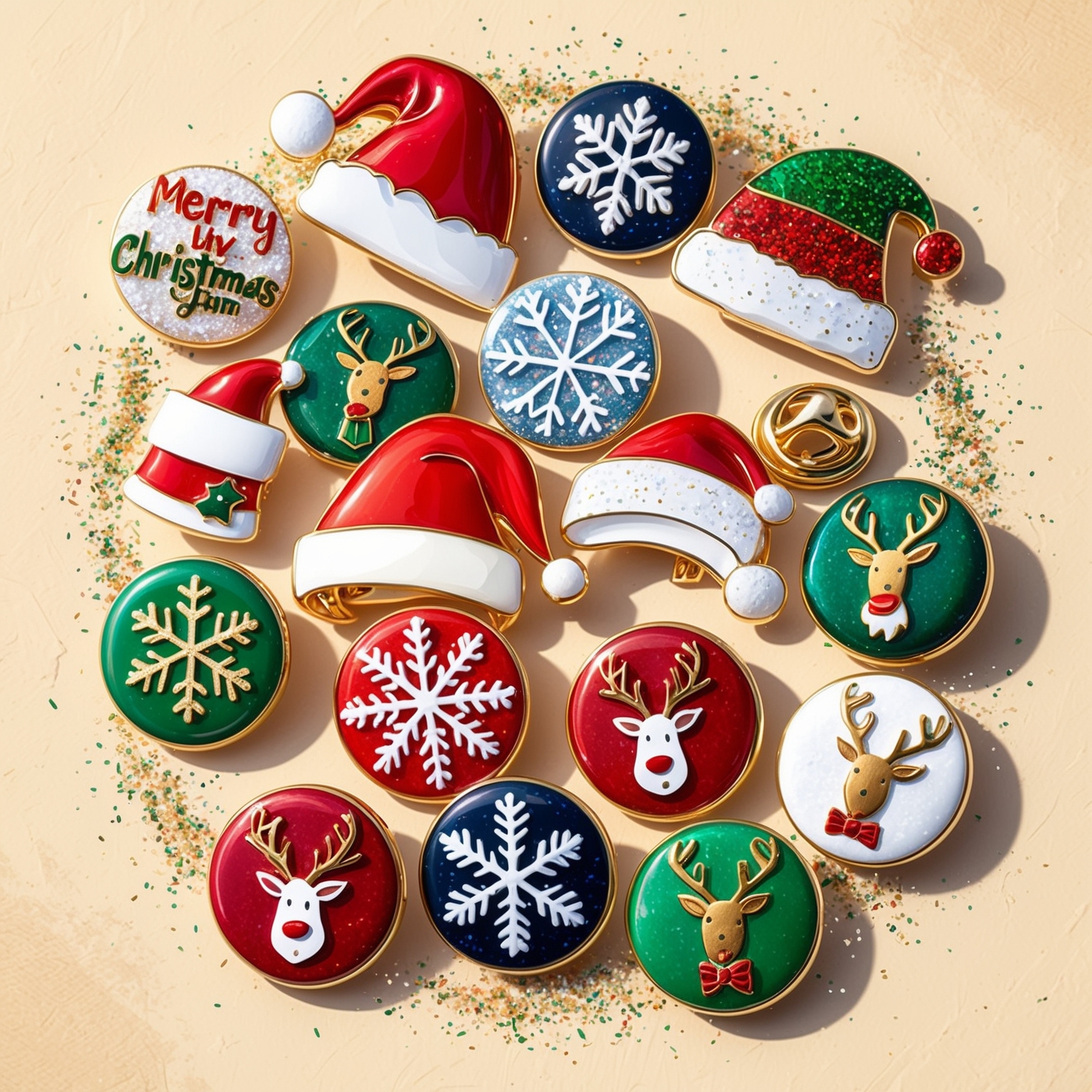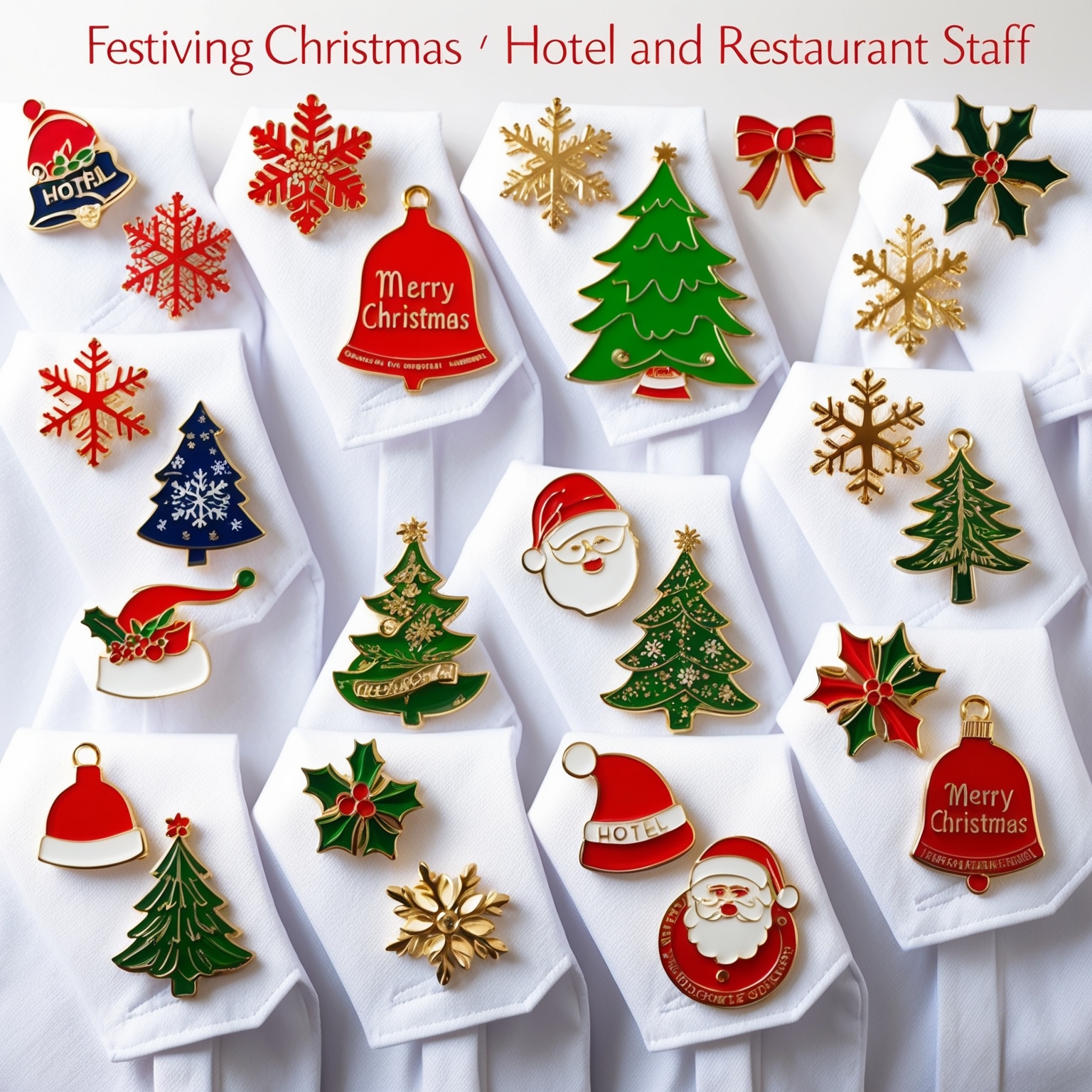Imagine walking into a bustling convention, the air buzzing with excitement. You notice people exchanging small, colorful pins, each one a tiny work of art. Intrigued, you wonder about the stories behind these miniature masterpieces. Welcome to the captivating world of lapel pin collecting! Whether you’re an avid fan of pop culture, sports, or historical memorabilia, lapel pins offer a delightful and accessible hobby. But where do you start? Let’s dive into this 11-step beginner’s guide to lapel pins, designed to help you embark on your collecting journey with confidence and enthusiasm.
Lapel pin collecting is a rewarding hobby that allows you to express your interests, commemorate events, and connect with a community of like-minded enthusiasts. From vintage military pins to modern pop culture icons, there’s a pin for every interest. This guide will walk you through the essential steps to start your collection, address common concerns, and provide practical tips to make your journey enjoyable. Let’s get started!
Step 1: Understand the Basics of Lapel Pins
Lapel pins are small pins worn on clothing, often on the lapel of a jacket. They come in various designs and serve multiple purposes, from promotional items and awards to souvenirs and fashion accessories.
- Example: Lapel pins can represent anything from a company logo to a favorite sports team or a memorable event.
Types of Lapel Pins:
Familiarize yourself with the different types of lapel pins, such as enamel pins, die-struck pins, soft enamel pins, and 3D cast pins. Each type has its unique features and manufacturing process.
- Example: Enamel pins are popular for their vibrant colors and smooth finish, while die-struck pins are known for their classic, metallic look.
Step 2: Choose Your Focus
Define Your Interests:
Identify what interests you the most. Do you love sports, music, movies, or historical events? Having a clear focus helps you streamline your collection and makes the process more enjoyable.
- Example: You might focus on collecting pins related to your favorite sports team or pins from significant historical events.
Step 3: Set a Budget
Determine Your Budget:
Collecting lapel pins can range from inexpensive to quite costly, depending on the rarity and demand of the pins. Setting a budget helps you manage your spending and prioritize your purchases.
- Example: Start with a modest budget, such as $50 a month, and gradually increase it as you become more familiar with the market.
Step 4: Research and Educate Yourself
Learn About Pins:
Educating yourself about the different types of lapel pins, their history, and their significance can greatly enhance your collecting experience. Understanding what makes a pin valuable or desirable is crucial.
- Example: Researching the history of Olympic pins and how they have evolved can provide context and appreciation for the pins you collect.
Join Collector Communities:
Engage with other collectors through online forums, social media groups, and local clubs. These communities are valuable resources for learning, sharing experiences, and discovering new pins.
- Example: Websites like PinPics and Pin Trading Database are great places to start.
Step 5: Start Small and Build Gradually
Begin with Basic Pins:
Start your collection with readily available and affordable pins. This allows you to build a foundation and learn the ropes before investing in more expensive and rare pins.
- Example: Begin by collecting pins from local events or your favorite team’s merchandise store.
Expand Over Time:
As you gain experience and knowledge, gradually expand your collection to include rare and sought-after pins. Patience is key in building a valuable and meaningful collection.
- Example: Once you have a solid base, start seeking out limited edition or vintage pins from significant events.
Step 6: Keep Your Pins Organized
Storage Solutions:
Proper storage is essential to maintaining the condition of your pins. Consider using pin albums, display cases, or shadow boxes to keep your pins organized and protected.
- Example: A pin album with individual slots can keep your pins secure and allow you to easily view and admire your collection.
Label and Catalog:
Keeping a catalog of your collection, including details about each pin’s origin, purchase date, and any special notes, can help you keep track of your pins and their value.
- Example: Use a spreadsheet or a dedicated pin collecting app to document your collection and stay organized.
Step 7: Attend Events and Trade Shows
Join the Community:
Participating in events and trade shows is a great way to meet fellow collectors, discover new pins, and trade duplicates.
- Example: Major events like Comic-Con, sports conventions, or dedicated pin trading events are excellent places to expand your collection.
Network with Other Collectors:
Networking with other collectors can provide opportunities to trade pins, share tips, and learn about upcoming events or releases.
- Example: Attending a local pin trading meetup can help you connect with experienced collectors who can offer valuable insights.
Step 8: Verify Authenticity
Check for Authenticity:
Ensure that the pins you collect are authentic. Counterfeit pins are common, so it’s important to verify the authenticity of your purchases.
- Example: Look for official licensing marks, high-quality craftsmanship, and reputable sellers.
Buy from Trusted Sources:
Purchase pins from reputable dealers, official merchandise stores, or trusted fellow collectors to avoid counterfeit items.
- Example: Buying directly from team stores or official event merchandise outlets ensures you get genuine pins.
Step 9: Learn the Lingo
Understand the Terminology:
Familiarize yourself with the common terms and jargon used in pin collecting. This knowledge will help you navigate the community and make informed decisions.
- Example: Terms like “LE” (limited edition), “OE” (open edition), and “grail” (a highly sought-after pin) are commonly used among collectors.
Step 10: Protect and Care for Your Pins
Maintain Condition:
Proper care and maintenance of your pins are crucial to preserving their value and appearance. Avoid exposing them to moisture, direct sunlight, and extreme temperatures.
- Example: Clean your pins with a soft cloth and store them in a cool, dry place to prevent tarnishing and damage.
Handle with Care:
Handle your pins carefully to avoid scratching or bending them. Use gentle pressure when attaching or removing them.
- Example: When handling pins, hold them by the edges and avoid touching the enamel surfaces to prevent fingerprints and smudges.
Step 11: Enjoy the Journey
Have Fun:
Above all, enjoy the process of collecting lapel pins. This hobby is about celebrating your interests, connecting with a community, and building a collection that reflects your passions.
- Example: Participate in pin trading events, share your collection with friends, and take pride in your growing collection.
Celebrate Milestones:
Set small goals and celebrate milestones as your collection grows. Whether it’s acquiring a rare pin or completing a specific set, take time to appreciate your achievements.
- Example: Create a special display for your most prized pins and enjoy looking back on your collecting journey.
Conclusion
Starting a collection of lapel pins can be an exciting and rewarding experience. By following these 11 steps, you can begin your journey with confidence and build a collection that reflects your passions and interests. From understanding the basics and choosing your focus to joining communities and caring for your pins, each step brings you closer to becoming a seasoned collector. Embrace the joy of collecting, and let each pin tell a story of your unique journey. Happy collecting!
If you are interested in ordering some high-quality lapel pins, feel free to call us at our Toll free number 1-877-513-4811 or fill out one of our FREE QUOTE FORMS.



